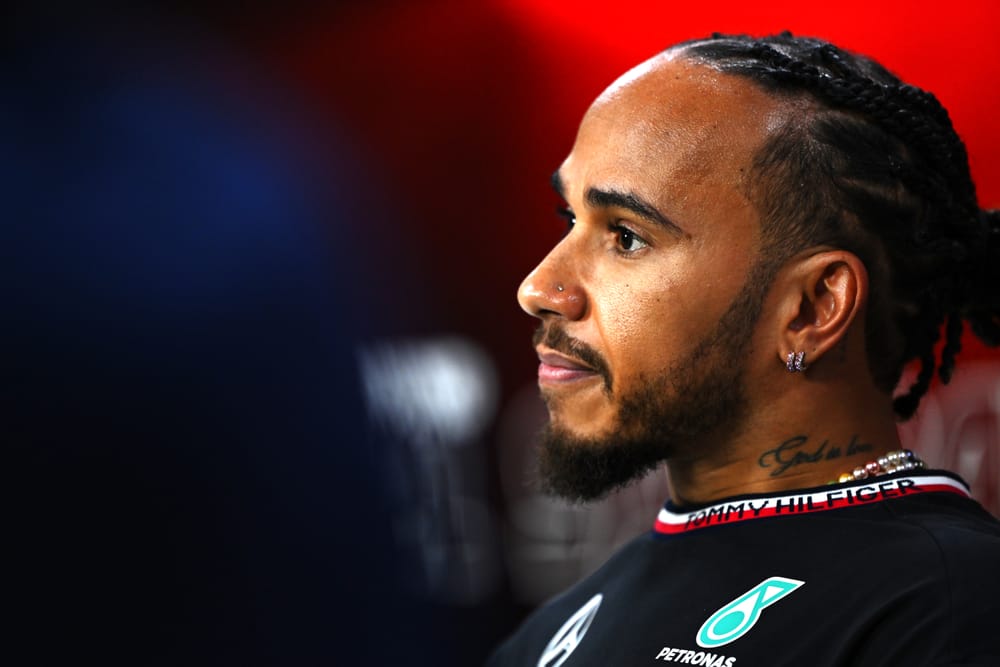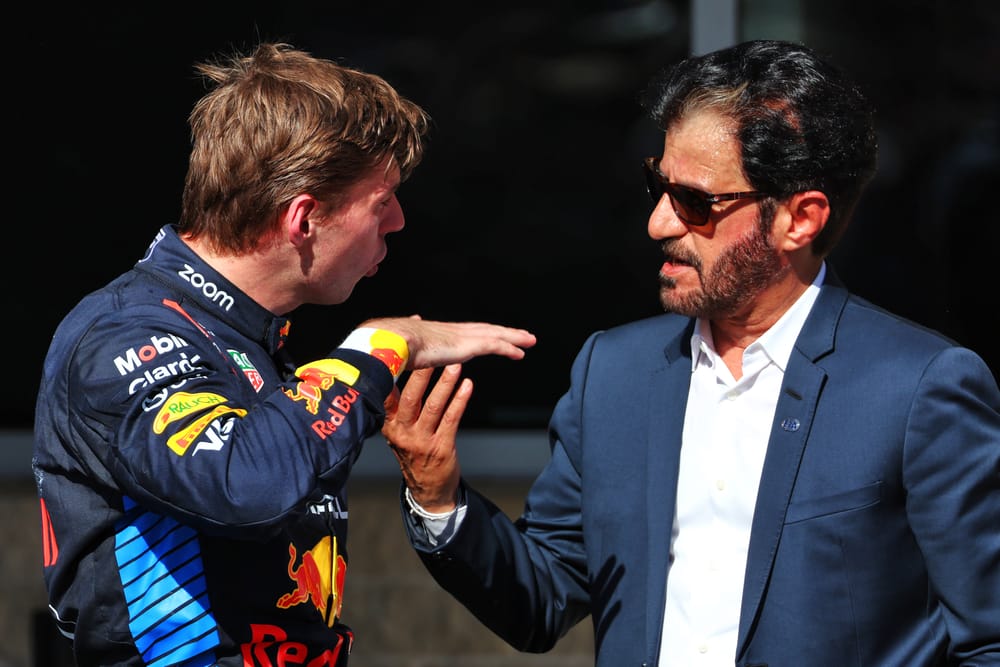

The new book Inside Mercedes F1: Life in the Fast Lane promises, and delivers, a unique behind-the-scenes look at the team’s struggles during 2023 and the early stages of 2024.
It tells the story of the 2023 for Mercedes, carrying over into the first half of 2024. Written by journalist Matt Whyman, a motorsport enthusiast whose father raced in Formula Ford but someone with no previous professional involvement in Formula 1, it is the warts-and-all story of the team during a challenging time.
An in-depth interview with Whyman is available as an exclusive podcast to the members of The Race Members' Club
It’s not a prosaic race-by-race account, instead focusing on different facets of the team – and crucially the people populating it – as Whyman dips in and out of the races. Often, he’s at the track but sometimes he’s at the factory – and always fully embedded.
That means the chapters on Mick Schumacher’s simulator work supporting the team at Silverstone and one working with the race support and strategy operations in Brackley during the Japanese Grand Prix weekend are among the most memorable as they reveal crucial elements of an event that are usually invisible to the watching world. These intertwine with the main narrative points of the season - mainly those of Mercedes struggling.
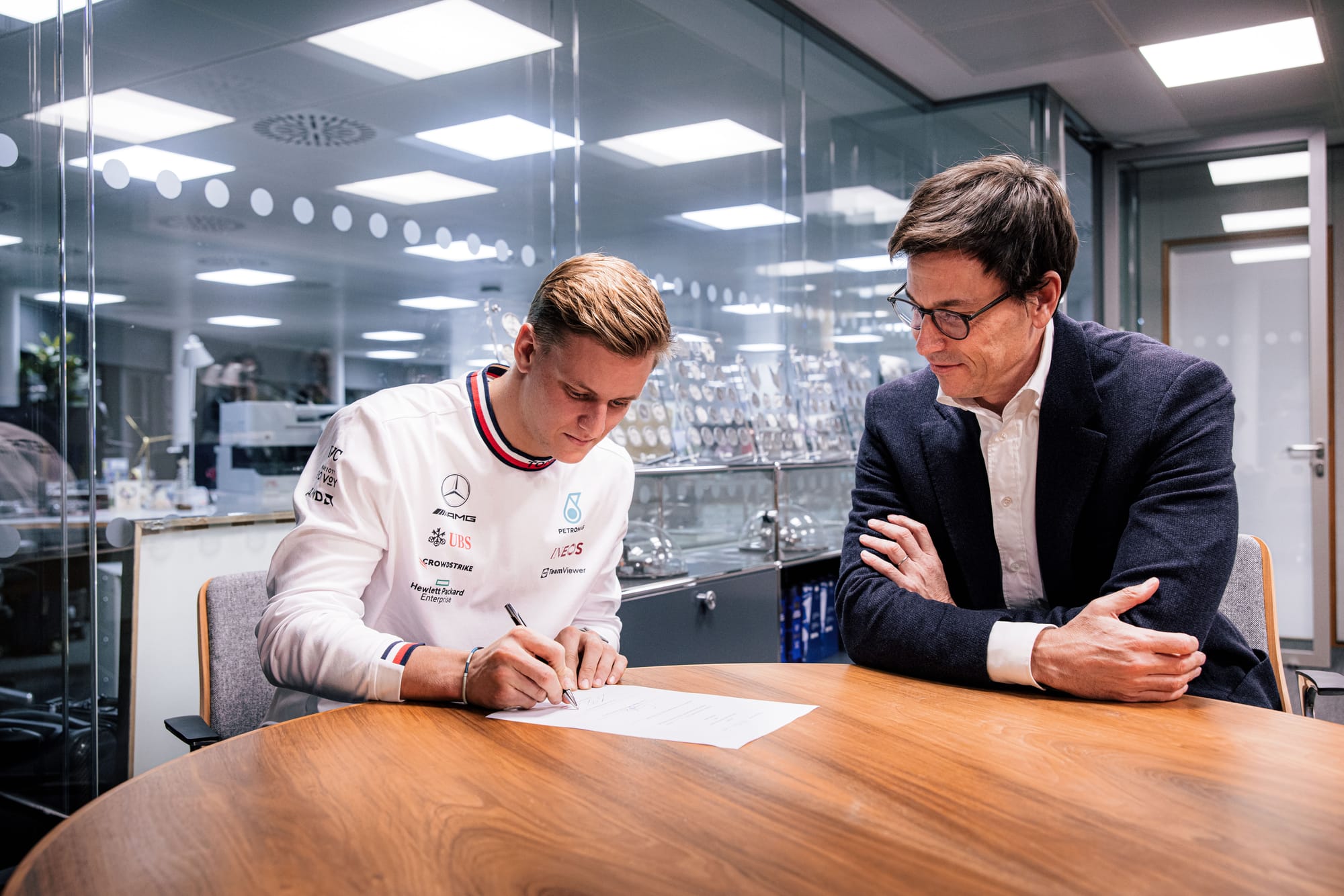
There’s myriad interviews along the way, with interviewees ranging from team principal Toto Wolff and drivers George Russell and Lewis Hamilton to senior personnel such as technical director James Allison and also those most will never have heard of - a group that ranges from department heads all the way to the students who play a key role in the race support room.
The book appeals because it paints an authentic picture of how F1 teams operate. These are bafflingly complex operations and tend to be boiled down to the work of a few people who effectively act as avatars for the vast number of people who make up a team.
To give you an idea of what to expect, here are five things we learned from reading the book in preparation for the above-mentioned in-depth interview.
These snapshots give you a taste of what to expect, as well as exemplifying the access and freedom Whyman had in exhaustively interrogating a subject as large and complex as an F1 team.
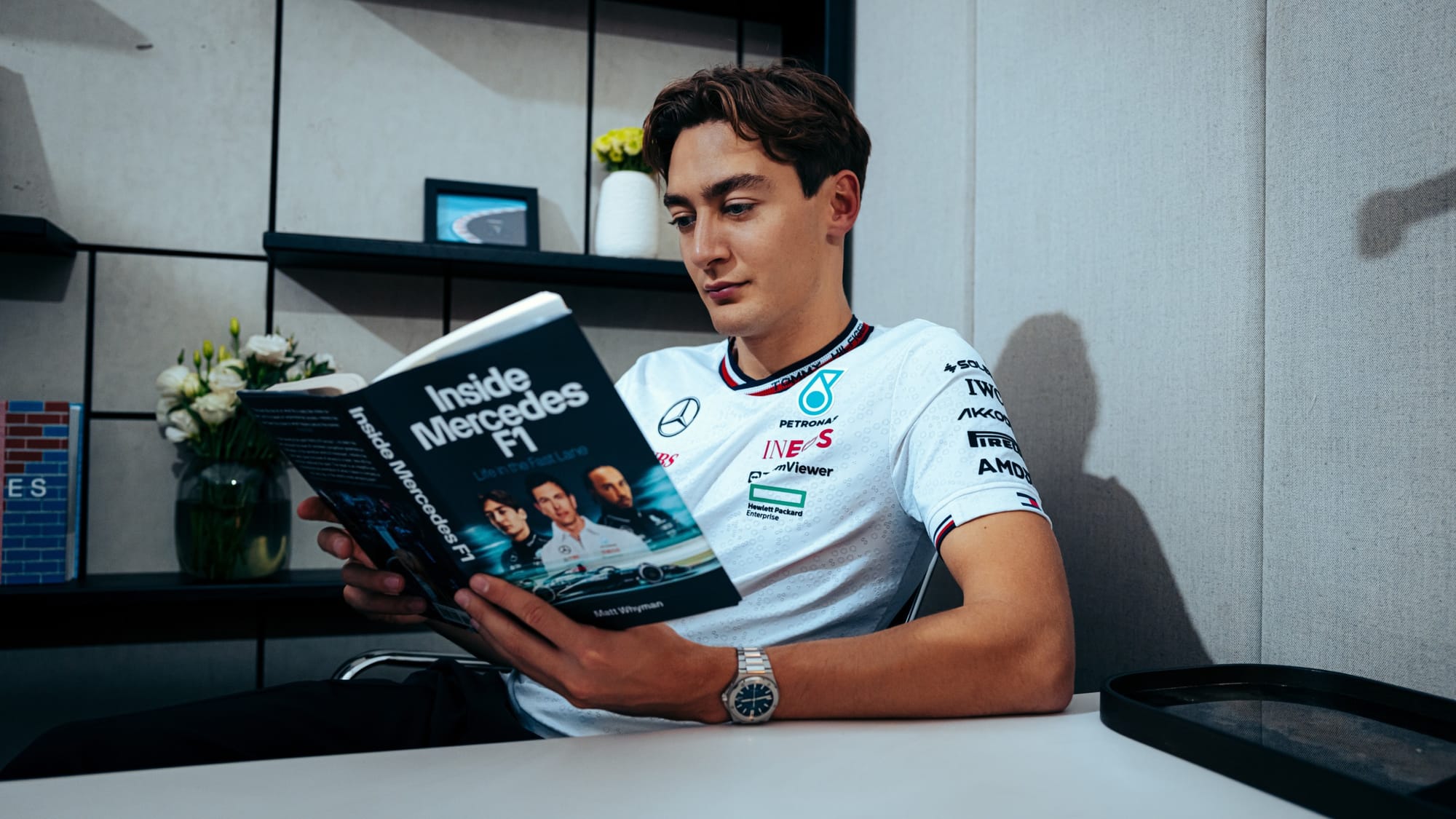
2023 was expected to be the comeback year
The story the book tells isn’t the one that it was intended to be. Such was the confidence of Mercedes that the expectation was it would track a season when Mercedes bounced back from its agonising 2022. But it quickly changed.
“In writing this book, it could be said that I joined the team at the worst possible time,” writes Whyman. “Instead of the promised comeback, Mercedes F1 effectively wrote off their hopes of being championship contenders for the 2023 season after qualifying for the first race. In doing so, however, I witnessed a team undergo a period of soul-searching and then rebuilding that said more about the character of the Silver Arrows than a cabinet full of trophies”.
It reflects well on Mercedes that the plug on the project wasn’t pulled early on, something Whyman admits he did briefly fear might be the case.
Hamilton relishing Ferrari risk
Hamilton’s surprise decision to sign for Ferrari is covered in detail, including of the meeting he had with Wolff on February 7, 2024, to inform him he’d signed the deal.
He characterises it “like ending a relationship that’s perfectly fine”, but reveals that the lure of Ferrari was something he couldn’t set aside.
“I know moving is a big risk,” he says. “But then I love risk. In the end, I just couldn’t get it out of my head.”
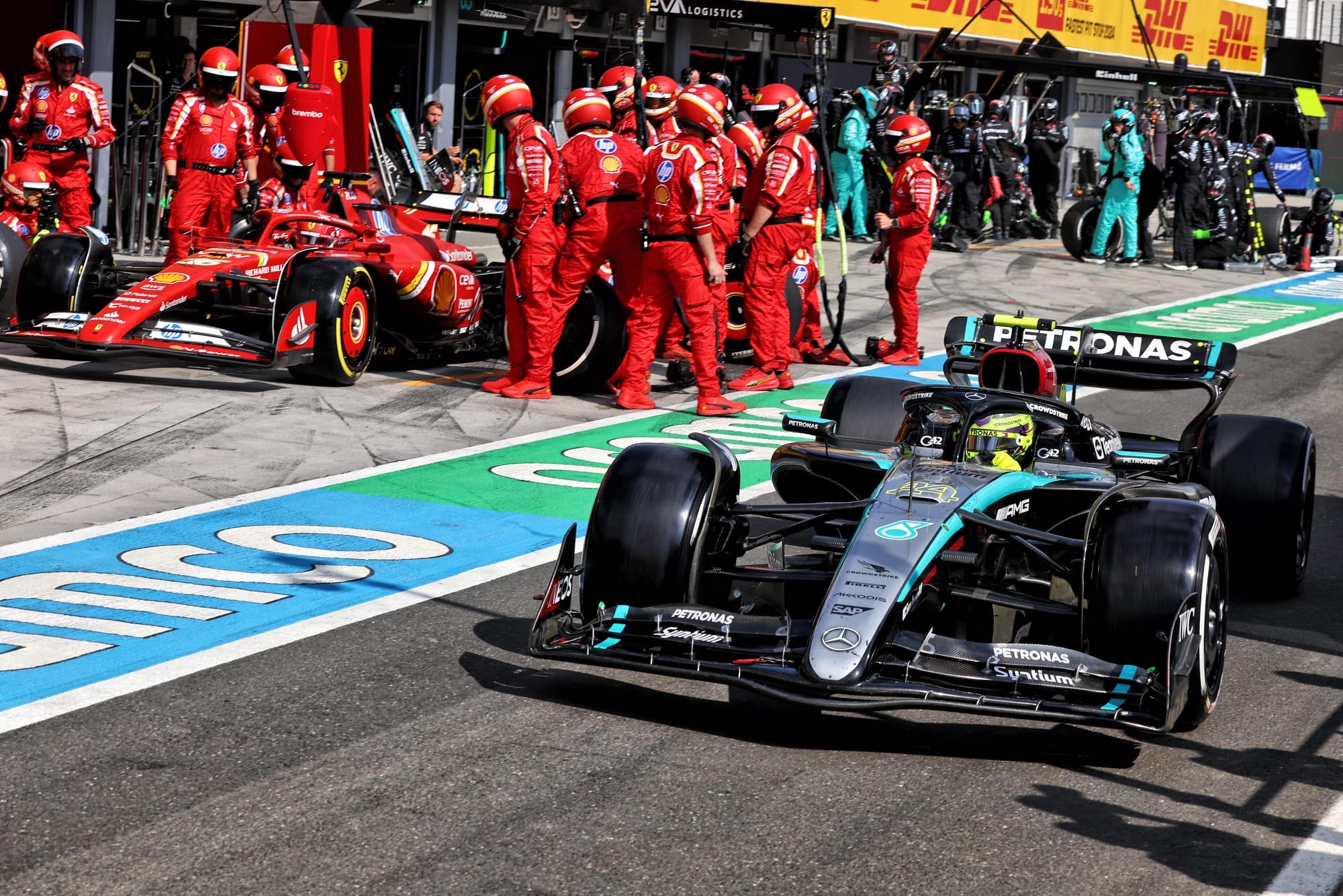
Russell's speech therapy
George Russell is the first of the big-name interviews that appears in the book. Given he’s famed for his precision and articulate speech, the revelation that he visited a speech therapist as a child comes as a surprise.
“I used to mumble so badly that I saw a speech therapist,” says Russell. “From that time on, I’ve always focused on my words.
"Everything we say in an engineering meeting is written down [by an AI voice-to-text translator]. I don’t want anything to be misinterpreted, so I try to be pinpoint clear.”
Mercedes once asked Hamilton to be penalised
We’re used to teams and drivers vehemently arguing their cause when there’s the risk of a penalty, even when it is an open-and-shut case. But sporting director Ron Meadows offers a contrasting example, one where he actually gave feedback saying a penalty should be given to Hamilton at the 2019 Brazilian Grand Prix.
This related to Lewis Hamilton’s attempt to pass Alex Albon for second place, which resulted in contact and Albon spinning. Anyone watching the live coverage will have heard Hamilton admitting he was at fault, but the pitwall-to-driver chatter is just a small part of the babbling network of communications inside an F1 team during a race.
“Lewis had already been on the radio to say he was at fault, and the move denied Albon the chance for second place. So I got on to the stewards and said: “Just give us the five-second penalty”.
This was to avoid Hamilton being on the podium and having the result taken away after - a pragmatic move from a key member of the team stretching back to the days before it was even owned by Mercedes that shows teams don’t always blindly argue and will sometimes be pragmatic about the inevitable.
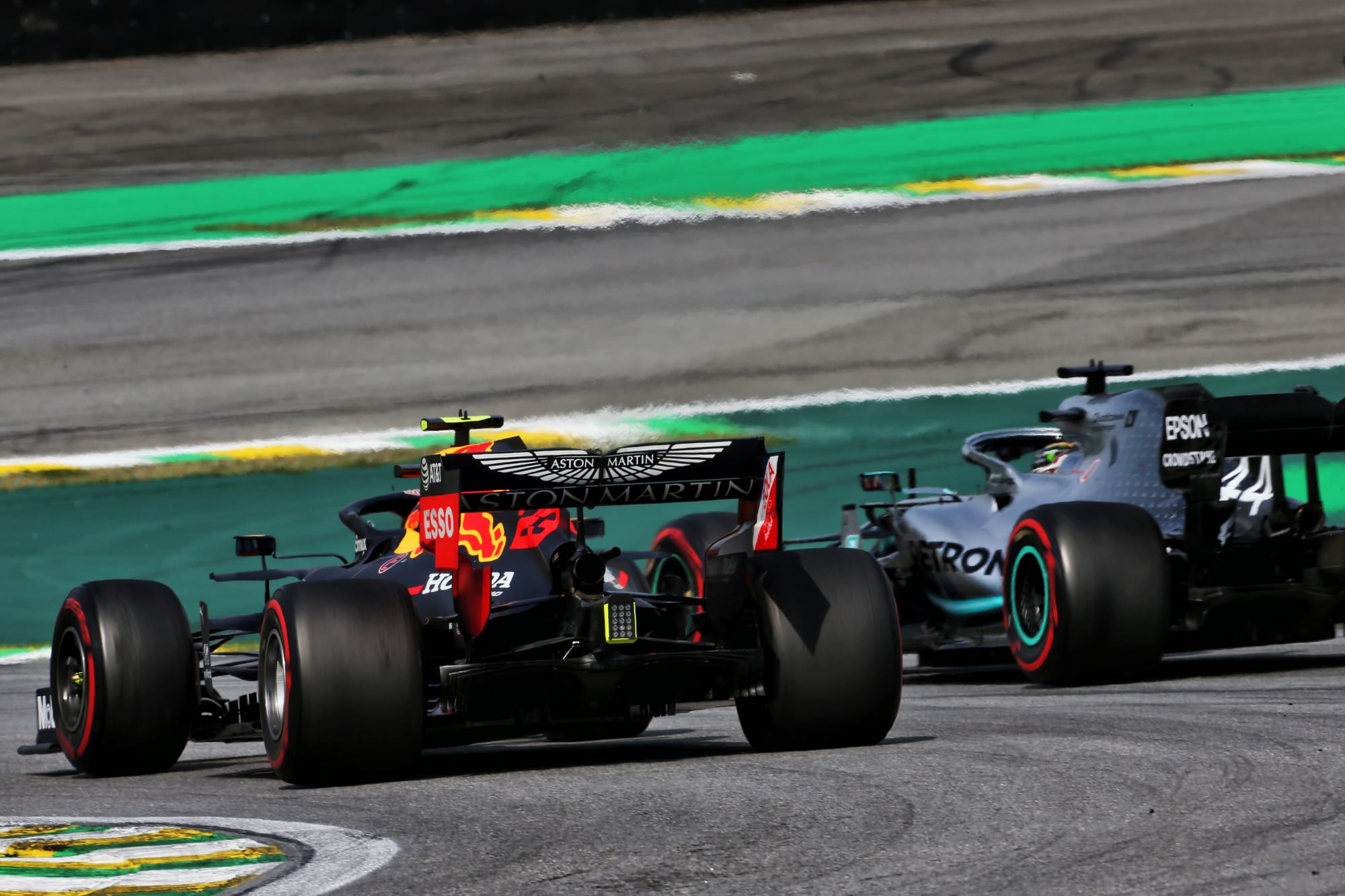
Race support room does more than you might expect
There’s a great example of how the race support room at the factory actively contributes to a weekend. During the Japanese Grand Prix weekend, student Kat Tse was tasked with breaking down Hamilton’s approach to Spoon Curve compared to Russell, who was gaining two tenths through the famous double left-hander.
“We found that George was constantly taking the entirety of the turn wider than his team-mate. We told Lewis what we’d spotted. The next time he went out, he took the same line [as Russell].”
Inside Mercedes F1: Life in the Fast Lane is available now as hardback, ebook and audiobook, priced at £22.
